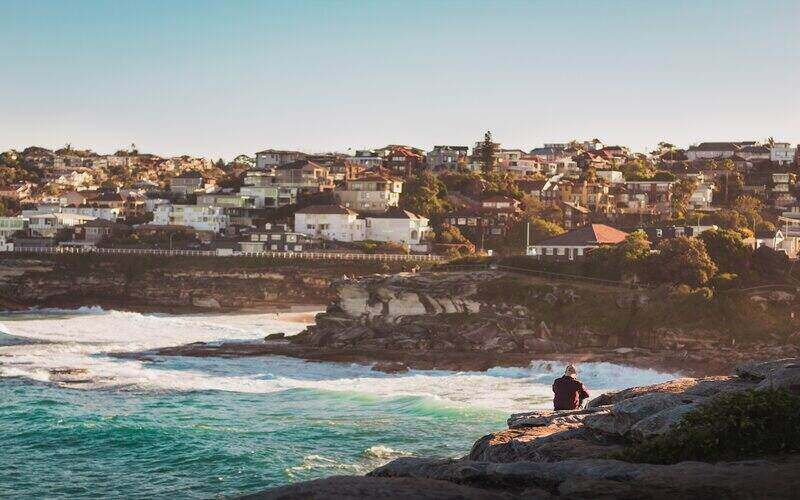
Sydney Lord Mayor Clover Moore has backed proposed amendments to local planning controls, encouraging more build-to-rent developments and three-bedroom apartments.
The changes will now be presented to the NSW Department of Planning and Environment for gateway determination – a review process.
“Exciting changes include new incentives for build-to-rent housing in the CBD, embedded net zero building controls, the promotion of increased tree canopy and green roofs, and a streamlined processes for design excellence and major development applications,” Ms Moore said.
“We are also supporting housing diversity and addressing the loss of smaller and more affordable dwellings as a result of redevelopment.”
The proposed changes came about after the city realised a notable drop in demand for particular types of office space on the back of the pandemic.
Vacancy rates for non-premium offices in Sydney currently sit around 14%.
The changes would see developers handed between 20% and 75% more floor space for build-to-rent projects.
Many of those same projects will see foreign investor fees slashed under a Federal Government plan, announced earlier this week.
Build-to-rent projects are developed with the intent to provide only rental accommodation – none of the resulting dwellings are to be sold to property investors.
“Build-to-rent housing does not sit idle with lights out, as some high-end investor apartments do, and these developments will help revitalise and boost the local economy,” Ms Moore said.
Federal Treasurer Jim Chalmers announced a raft of proposals targeting foreign investors on Sunday, each with the intent to increase Australia’s housing stock.
One such proposal would see the penalty charged to foreign investors who leave Australian properties vacant doubled, thereby incentivising foreign investors to rent out dwellings.
The City of Sydney has also put forward benefits to developers building student accommodation or other forms of shared housing, offering them 20% more floor space.
Meanwhile, it would reduce the number of two-bedroom apartments permitted in new residential buildings and bolster the number of larger apartments.
“We know that students are one of the groups that have been hit hardest by the rental crisis in Sydney, with lack of appropriate accommodation and affordability both major issues,” Ms Moore said.
“Right across the city, but especially in urban renewal areas like Green Square, we have seen a steadily increasing number of families living in apartments.
“The proposed changes would see a minimum of 20% of dwellings in new residential developments made up of three-bedroom-plus apartments to help provide more suitable accommodation for families, ideally located on the ground-floor or near to the building’s communal open space.”
Topping it off, the city has proposed incentives for developers to build ‘green’ roofs – those capable of becoming a green space for residents.
Developers constructing buildings that make such use of roof space could be able to build their projects higher than those that don’t.
The proposed changes to Sydney’s planning rules come ahead of the launch date for the Federal Government’s five-year plan to build 1.2 million new dwellings across Australia.
Last year, the National Housing Accord set a target of building one million homes in the five years from mid-2024.
That was bolstered in August, with $3 billion of incentives to be offered to states and territories building more than their fair share, up to the new target of 1.2 million homes.
“This will incentivise states and territories to undertake the reforms which are necessary to boost housing supply and increase housing affordability,” Prime Minister Anthony Albanese said on announcing the incentives.
Image by Laura Cros on Unsplash.
Collections: Mortgage News Property News

 Fact checked
Fact checked

Share